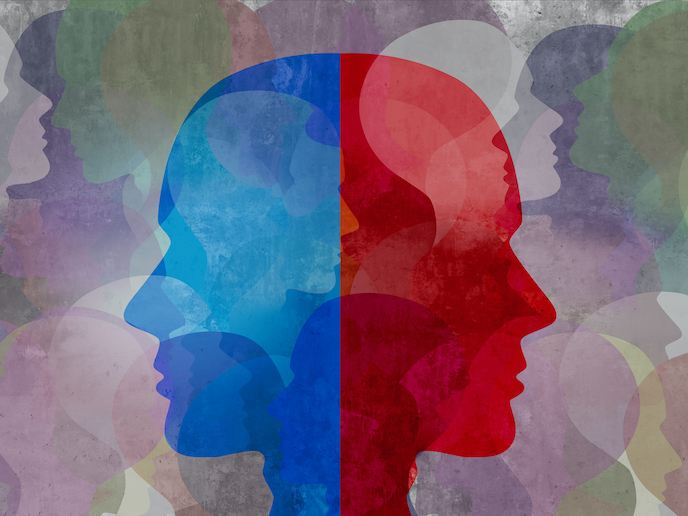How brain organoids could lead the way to innovative new schizophrenia treatments
For a psychiatric disease such as schizophrenia, a patient is diagnosed based on psychiatric symptoms. These cannot be identified by a lab test performed in a tube or a machine but necessitate time spent talking with the patient and assessing how they act. By the time the patient’s behaviour has changed enough to allow for diagnosis, the condition has developed, resulting in a radical alteration of the brain’s cell biology. As a result, it is not possible to study the early stages of the disease.
The promise of organoids
“This is where brain organoids become useful, as a model of early human brain development,” says Joshua Bagley, a postdoctoral researcher at Austria’s Institute of Molecular Biotechnology(opens in new window) and Marie Skłodowska-Curie fellow. As one particular type of neuron, the GABAergic interneuron subtype(opens in new window), is highly implicated in the pathogenesis of schizophrenia, the focus was to study how the development of inhibitory neurons could relate to schizophrenia. “We first developed a brain organoid model that produced inhibitory neurons; the interneurons are labelled fluorescently so they can be visualised in living tissue. This fluorescent label allowed us to study the cellular behaviour,” explains Bagley. “Finally, we introduced mutations into schizophrenia-associated genes and assessed how the behaviour of the interneurons was altered. This enabled us to achieve our final aim which was to understand the role of schizophrenia-associated disease genes in the development of inhibitory neurons of the brain.” But how do you actually create a brain organoid? “Either skin or blood cells can be collected and reprogrammed into induced pluripotent stems cells (iPSCs),” says Bagley. “Then these cells can be grown, or differentiated, into all of the different tissues of the body.” In the case of cerebral organoids, researchers used iPSCs to grow brain tissue. The end result is a diverse, 3D tissue consisting of organised layers of cells as observed in the early developing foetal brain.
Overcoming a major challenge
The Schizophrenia Organoids project did stumble across one major challenge. To highlight the pathological defects in the brains of schizophrenia patients, Bagley and his team set out to create a PV-GFP reporter – parvalbumin (PV) is a marker of a very specific subset of inhibitory neurons that highlight such defects. “But the expression of PV is strongest when the neurons are older or more mature, thus making it difficult to show the PV neurons in immature brain tissue, including brain organoids.” To overcome this, they shifted their focus to using an inhibitory neuron specific reporter called DLXi56-GFP. This had the benefit of allowing the team to analyse a specific neuronal population across their organoids, with the added benefit of decreased variability in the final readout of the assay produced.
Looking to the future
Research focused on brain organoids is still at an early stage, but it’s a field which Bagley is determined to help advance further. “I’ll be jumping from academia to industry in 2020 by joining an exciting new start-up company in Vienna, a:head Bio(opens in new window), which will focus on leveraging brain organoids to develop novel therapeutics for brain disorders,” concludes Bagley.







